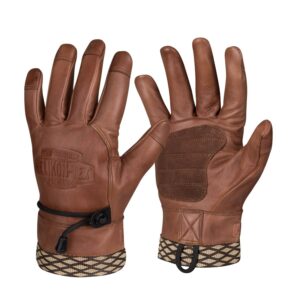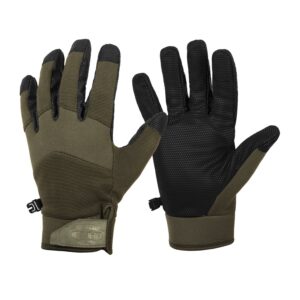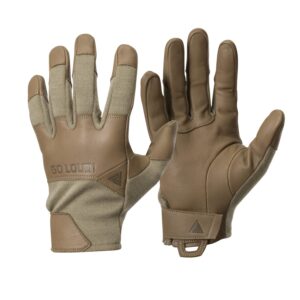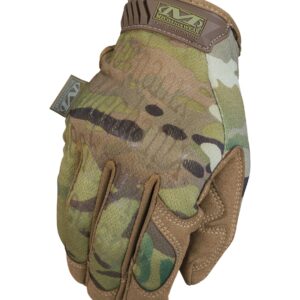Military Gloves
Military tactical gloves are the evolution of the military’s continuous search for the right protection from the various threats encountered by their hands in modern theatres of operation.
Standard military equipment for the hands has always focused on protection from the cold: woolen gloves or mittens and, more recently, leather gloves that are robust but impractical for the use of weapons.
It is in fact a long-standing issue that concerns the “protection” of the soldier’s hands. Think of Vietnam, where the grass of the elephants caused serious wounds, which risked becoming infected due to the hot and humid climate. The Special Forces, on the other hand, began to use Nomex pilot gloves, lighter and cooler, but still protective.
For several years, the situation did not change, except in the anti-terrorism sector, where gloves began to appear that were shockproof and cut-resistant as well as fireproof, in order to deal with the risks of missions.
As early as the 1990s, with the shift of crisis areas towards the Middle East, the need to protect hands from the heat of the desert, especially when holding a red-hot rifle, became apparent.
The idea of tactical gloves, light, protective and that do not make you lose sensitivity on the trigger, was born. The American company Mechanix, which produced gloves for the mechanics of the Indianapolis circuit, was one of the first to produce specific gloves for military use.
With the war in Iraq, mainly in urban areas, there is a need for impact protection.
While the forces of law and order require anti-cut and anti-puncture gloves.
history of military gloves
Today there is a vast choice, there are lightweight and breathable gloves, fireproof leather and nomex, reinforced to protect against impact, now all good quality gloves have touch screen technology to use the most modern technological accessories. The various features can be found in both desert/summer and winter versions.
















